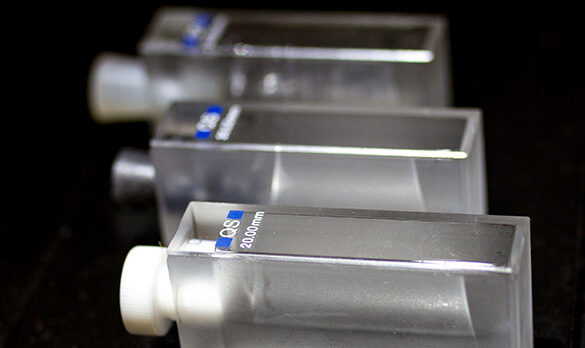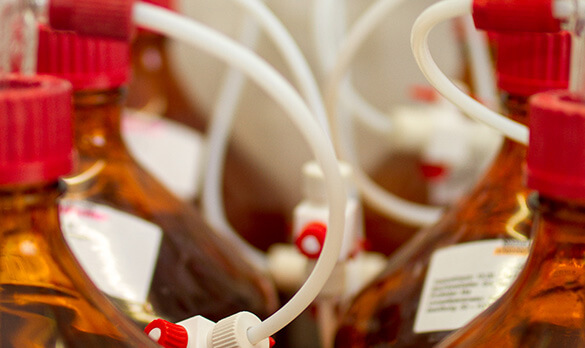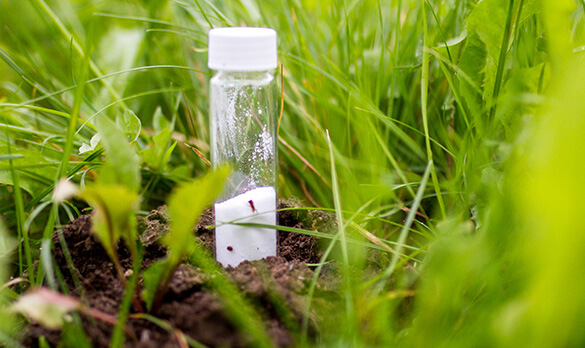Environmental Fate
The large field of the fate of substances in the environment is of growing importance in environmental assessments. Does the substance remain unchanged in the ecosystem? Does it break down and which effects do the derivates show? What are the degradation products? What are the agents and pathways of degradation? Our broad range of basic to higher tier GLP studies will assist answering these questions for your substance.
Basic tests represent short-term studies that evaluate factors like ready biodegradability and abiotic degradation by e.g. light or hydrolysis. These tests can be performed under aerobic and anerobic conditions, at different temperatures in a variety of matrices and compartments. The physical-chemical property analysis is completed with the determination of partition coefficients and other factors.
Higher tier studies assess the environmental fate of substances in long-term tests such as sewage treatment plant simulations, soil leaching tests or adsorption/desorption studies. An essential part of PBT assessment of substances is the bioaccumulative potential, e.g. the tendency of the substance to accumulate in an organism. Bioaccumulation studies in fish, earthworms, enchytraeids and sediment oligochaetes are part of our portfolio.
All studies are closely monitored with modern analytical equipment and expertise. For details about our analytical services, please refer to the Chemical Analysis section. Most studies can also be performed with 14C-labelled test substances. Maintaining close contact we keep you updated about your study progress anytime.
Please find detailed information about our Environmental Fate study portfolio here:
Analytical Portfolio






